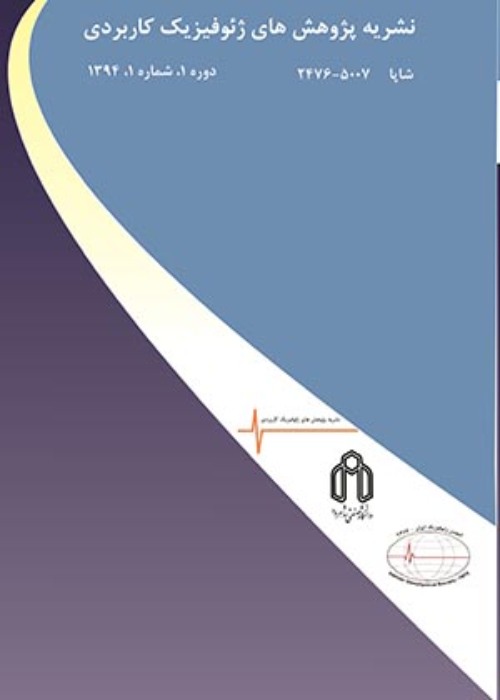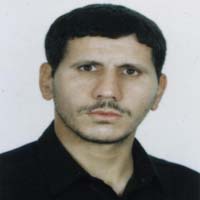Remote sensing studies and geophysical exploration using IP and resistivity methods in Zarshuran gold mining area, northwest of Iran
In this study, processing and interpretation methods in remote sensing such as visual and spectral analysis have been performed on the ASTER (advanced spaceborne thermal emission and reflection radiometer) data from Zarshuran gold area, and as a result, the alteration zones in the area have been identified. Then, the results of two-dimensional and three-dimensional modeling of Induced Polarization (IP) and resistivity data, using geological information, alteration and mineralization from the core drilling have been interpreted. Eventually, optimal locations for exploratory drilling have been proposed.
Development of advanced tools in remote sensing and geophysical exploration during recent decades indicates the necessity and importance of these tools in industry. In this paper, ASTER sensor imagery and geoelectrical data have been used in order to determine alteration zones, analyze mineralization system and identify the hidden mineralization in Zarshuran gold mine located in the north of the city of Takab, northwest of Iran. For this purpose, a variety of imageprocessing methods are used. IP and resistivity methods have an important role for exploration of metallic ore deposits. To achieve good results from these methods as well as minimizing the noise in the study area, it is necessary to select appropriate electrode array type for carrying out IP and resistivity surveys. For this purpose, IP and resistivity field operations over 17 parallel survey lines using the pole-dipole array have been made to identify the location of goldmineralization in the area.
In order to identify alteration zones, image processing methods such as BR (band ratio), PCA (principal component analysis), LS-Fit (linear band prediction) and SAM (spectral angle mapping) using ENVI software were applied on the ASTER images from the study area. After collecting IP and resistivity data in the area, two-dimensional and threedimensional smooth inverse modeling were carried out on the data using Res2dinv and Res3dinv software packages, and for better visualization, the results were demonstrated in Voxler and Rock Works software packages.
Identification of alteration zones in the study area using remote sensing and image processing methods, and interpretation of the geophysical inverse modeling results using geological and drilling information in the area have been led to the identification of gold mineralized zones or deposits in three-dimensional form. Eventually, based on the whole results, optimal locations for exploratory drilling have been proposed. An outcome of this research is that applying both the remote sensing and geophysics data can be led to improve the accuracy of the results. As the obtained geophysical anomalies at the end of some survey lines have been open, therefore, it is suggested to continue geophysical operations at the end of these survey lines. For better display of gold mineralization, it is also recommended to carry out geophysical operations on a number of survey lines perpendicular to main parallel survey lines. As the acquired considerable IP values in the study area can be due to metallic minerals as well clay minerals, therefore, it is recommended that some samples to be taken from drillings or excavations in the area, and then, to be analyzed by x-ray diffraction (XRD) equipment to determine the amount and type of possible metallic or clay minerals in the samples.
-
Development of Drone-Borne Geophysical Surveys for Mineral Exploration
Reza Moezzi Nasab *, Abolghasem Kamkar-Rouhani, Alireza Arab-Amiri
Journal of environment and sustainable mining, Spring 2024 -
Recognition coefficient of spatial geological features, an approach to facilitate criteria weighting for mineral exploration targeting
Mahyar Yousefi *, Saeed Yousefi, A.Ghasem Kamkar Rouhani
International Journal of Mining & Geo-Engineering, Autumn 2023 -
Characterization of leachate flow using time lapse ground penetrating radar (GPR) and resistivity survey (case study: geophysical test site of Shahrood University of Technology)
Ali Aghaei Kordeshami, AliReza Arab-Amiri, Abolghasem Kamkar-Rouhani, Hamid Bizhani *
Iranian Journal of Geophysics,




